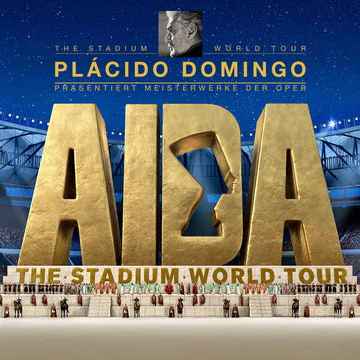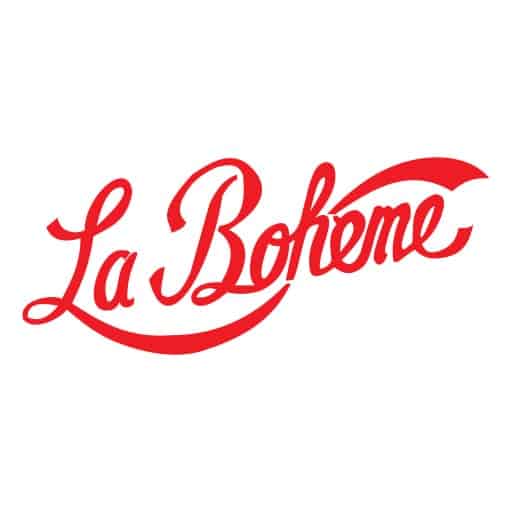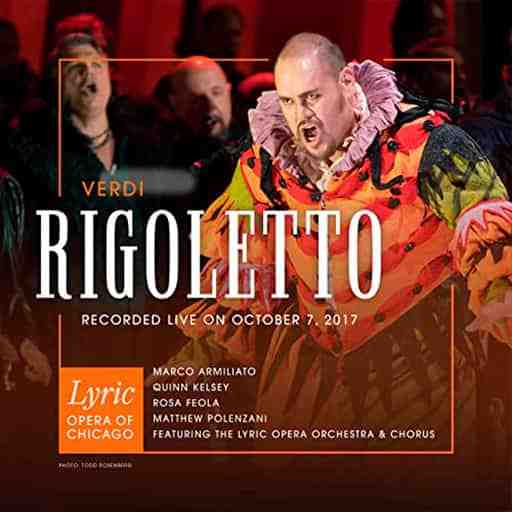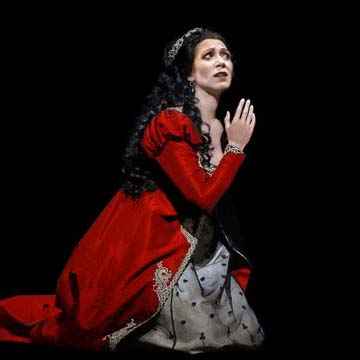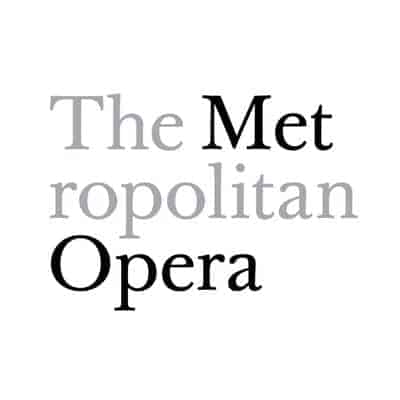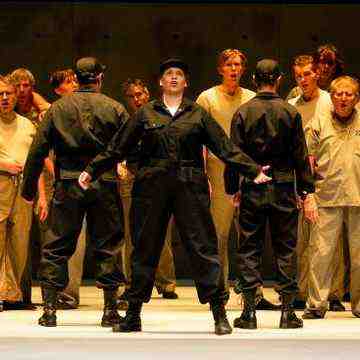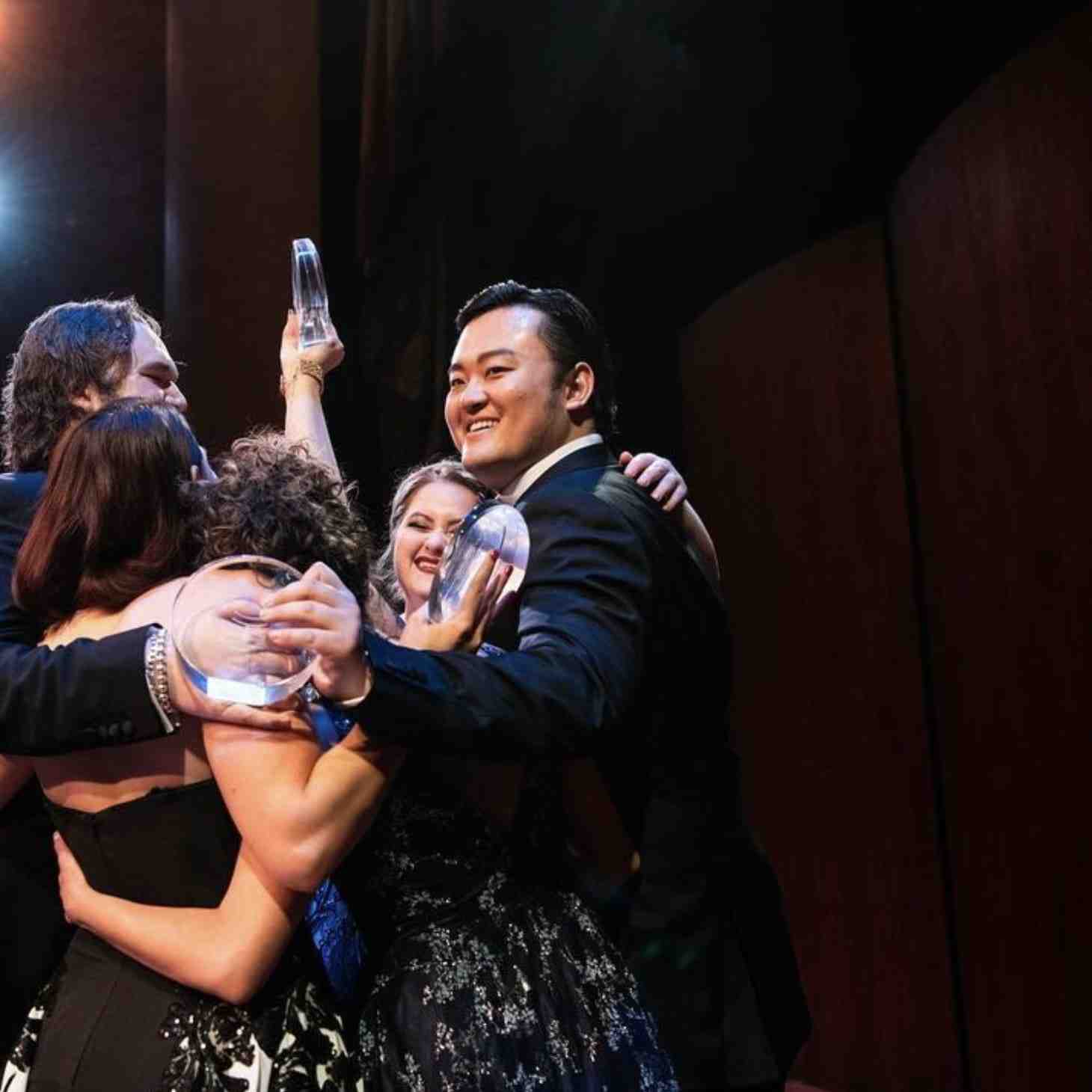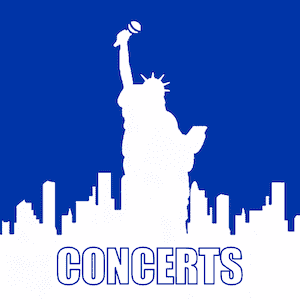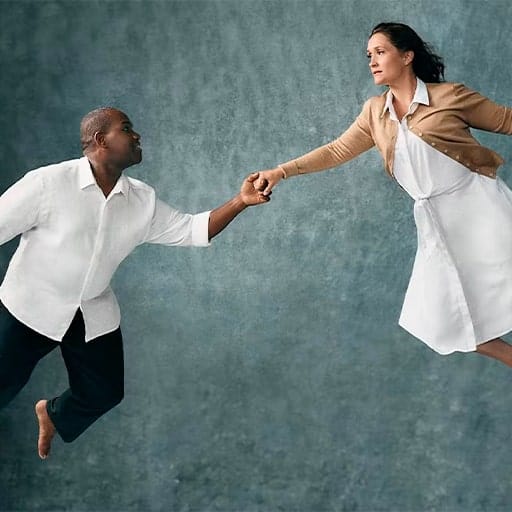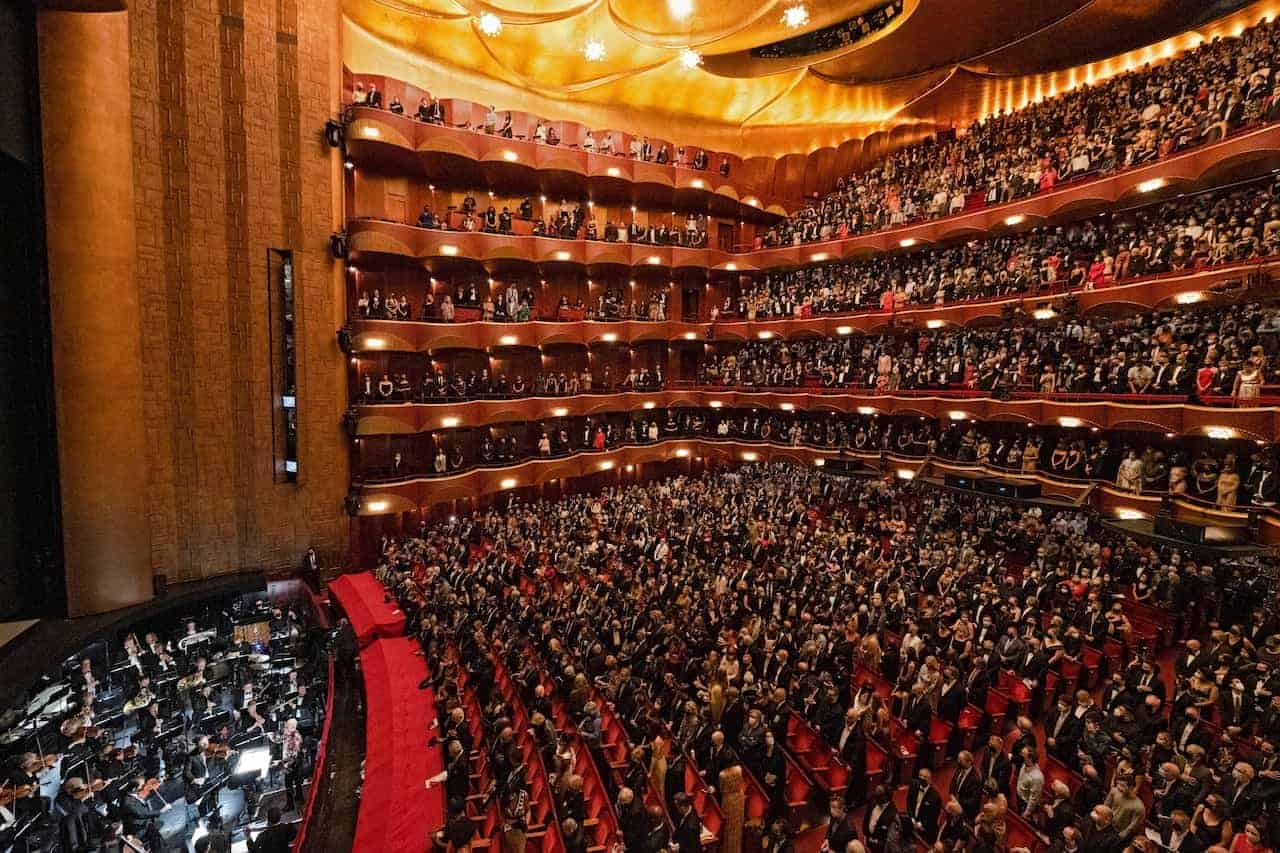
“The Met Opera, formally referred to as The Metropolitan Opera stands as an opera company, on a scale. Situated within Lincoln Center for the Performing Arts, in New York City on the side of Manhattan it offers an array of captivating opera performances that you wouldn’t want to overlook in the upcoming season.”
History:
The Metropolitan Opera was established in 1880 by a group of individuals aiming to create a venue, for opera in New York City. Their initial opera house was constructed on Broadway and 39th Street debuting on October 22 1883 with a presentation of Charles Gounods “Faust.”
During the century under the guidance of Giulio Gatti Casazza the Met started building its reputation as a prominent stage for renowned international performers. It was during Gatti Casazzas leadership that the company aired its radio performance—a rendition of “Hänsel und Gretel” on Christmas Day, in 1931.
The Met moved to its current location at Lincoln Center in 1966. The opera house at Lincoln Center, designed by Wallace Harrison, is notable for its distinctive arch and lobby chandeliers, and it seats approximately 3,800.
Performances and Notable Figures:
The Metropolitan Opera has a collection of performances spanning three centuries showcasing masterpieces, by composers like Mozart, Verdi, and Puccini alongside more contemporary pieces.
Known for its top-notch production standards and unwavering dedication to theatrical excellence the Met has been a haven for opera’s iconic figures over the years.
Esteemed conductors such, as James Levine and Arturo Toscanini as legendary vocalists including Enrico Caruso, Maria Callas, Luciano Pavarotti, Plácido Domingo, and Renée Fleming have graced its stage.
Metropolitan Opera House:
The Metropolitan Opera House is renowned as a top-level opera venue. Its auditorium features a horseshoe design with the proscenium arch. The structure encircling the stage. Standing at a 54 feet, in height and width ranking it among the largest worldwide. Moreover the establishment encompasses resources, for costume production.
The Met’s immense chandelier, a gift from the Austrian government, is another iconic feature. The chandelier, along with the lobby’s starburst fixtures, was designed by Hans Harald Rath of the Viennese firm Lobmeyr and is meant to evoke a celestial theme, adding to the dramatic effect.
Met Opera Today:
The Metropolitan Opera continues to be an essential institution in the world of classical music and the performing arts. Its commitment to presenting high-quality productions of classic and contemporary operas makes it a beloved destination for both seasoned opera-goers and newcomers. The Met also runs educational programs and supports the development of young artists through initiatives like the Lindemann Young Artist Development Program.
Remember, my knowledge cutoff is as of September 2021, and for the most current information about the Metropolitan Opera, you should visit their official website or other trusted sources.
